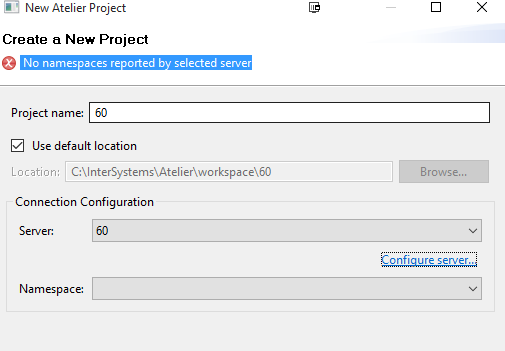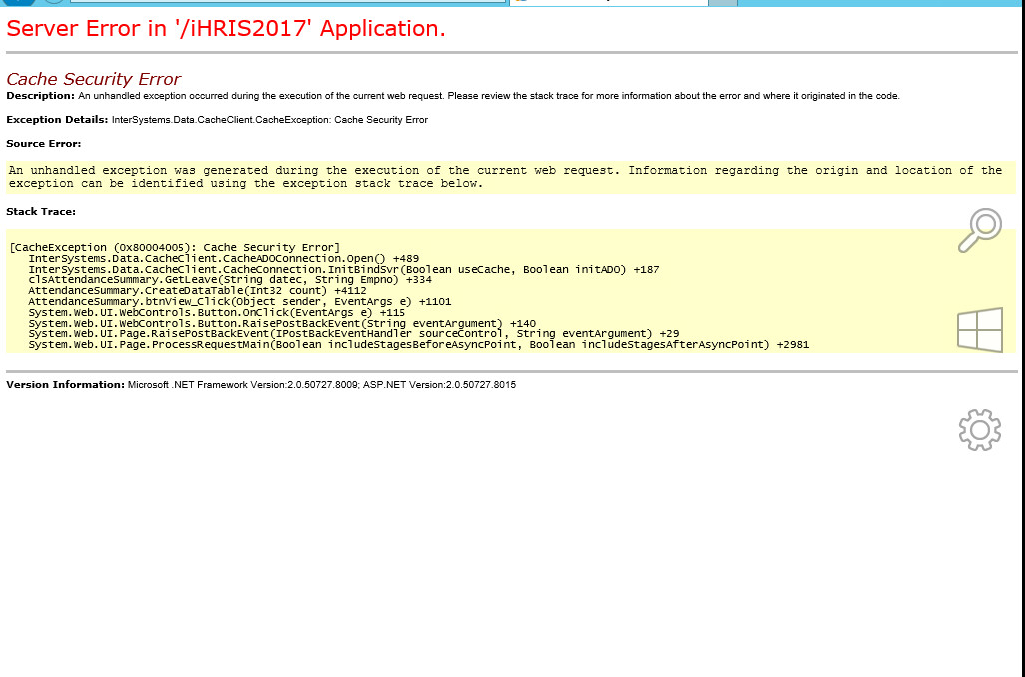I've mentioned the QEWD project in this group before: it's a Node.js-based platform for web, Native and REST applications which tightly integrates with Cache. It uses a somewhat different philosophy to the use of Node.js than the norm, and I've now published an article that explains this approach and the unique benefits that arise as a result.
It turns out that, integrated via QEWD, Cache is an ideal bed-fellow for Node.js. QEWD makes the integration of Cache and Node.js exceptionally fast, simple and intuitive to use, but also extremely powerful.
Read the article here:



